More than half of the 187 Roman Catholic dioceses across the United States have started investigating clergy child sex-abuse claims or have announced plans to do so in the coming months, marking an extraordinary, renewed shift into scandals plaguing the church.
The dioceses, just in the past four months, have also released the names of an additional 1,000 priests and other clergy accused of sexually abusing children, an Associated Press investigation has found.
Even though the misconduct of some priests has already been exposed, Laura Ahearn, a New York attorney in private practice who has represented clergy abuse victims for nearly 20 years, told The Epoch Times it’s still not enough.
“I think it is a significant underestimation of the number of priests. I think the dioceses should release all the names,” Ahearn said. “The community has to understand the Catholic Church has facilitated the largest cover-up of the victimization of children in our history.”Some of the recently disclosed accusations date back nearly 70 years, with one of the oldest cases being from the 1910s in Louisiana. The Associated Press examination found that more than 60 percent of priests were now dead and in most cases, the statute of limitations had run out.
Ahearn said she still receives phone calls from child sex-abuse victims every day, including those abused by priests or clergy. She said the average age of victims ranged from 50 to even 82 years old, because the trauma kept them silent for so many years.
History of Cover-Ups Exposed
“Above all else, they protected their institution above all costs,” Pennsylvania Attorney General Josh Shapiro said last year, in describing the findings of his grand jury report.The nearly 900-page long document details how church administrators often dissuaded victims from reporting abuse to police, pressured law enforcement officials to terminate or avoid an investigation, or conducted their own deficient, biased investigations without reporting crimes against children to the proper authorities.
Ahearn said she was “deeply disturbed” by cover-up tactics she witnessed. She received phone calls from victims in other countries because priests, in many cases, were simply sent to another country—often an underdeveloped one—after accusations arose.
“There were priests that were stationed here (in the United States) and after they were accused of molesting children here, they were sent to another country by the church. They would send the priest to so-called treatment and often those priests would just re-offend and molest more children,” she said.
Healing Deep Wounds
One successful example of compensation is the implementation of settlement programs by the church, giving victims an opportunity to make a claim outside the court process, and have it settled through an independent administrator.In New York state, authorities are considering a number of options to help victims. For example, allowing victims one year to bring a claim if they were victims in the past 50 years. That would give them a one-year window to bring a court claim to any victim, not just clergy abuse victims.
Ahearn said there should be an “unlimited” time period for victims to make a case. Some states are now considering lifting the statute to bring civil cases forward.
“It doesn’t matter when it happened, you just have to corroborate it, then its eligible for consideration for a settlement. We just need evidence,” she said.
She described each of her clients’ cases as “troubling” and “heartbreaking.” In some cases, she represented families of victims who took their own life due to the trauma.
“When a child is victimized in these circumstances by somebody who is in a position that is supposed to be trustworthy, there’s a level of damage done that is severe. When you understand a particular victims plight it’s not easy to put into one sentence because it’s a lifetime of damage,” Ahearn said.
“I have cases where fathers are unable to have a connection with their children because they fear becoming close and intimate. Some folks have left their homes and walked around the United States for 30 years, being drug-addicted and not having any relations with anyone.”
Some tactics priests used to victimize children were “profoundly disturbing” Ahearn said. In one case, she said a priest penetrated a female’s private parts with his finger and told her it is what God wanted. Another case involved a priest who told boys molestation was how they could relate to each other.
Men who were victimized as children were also less likely to report their abuse, compared to women. Men have fewer support systems in place than women, the attorney said.
She said one way the church can show more transparency is to allow outside organizations to come into their elementary and high schools to teach sexual abuse prevention education programs.
“We have generations of men, I would say its probably 95 percent of victims that were molested. We have generations of fathers and grandfathers,” Ahearn said.
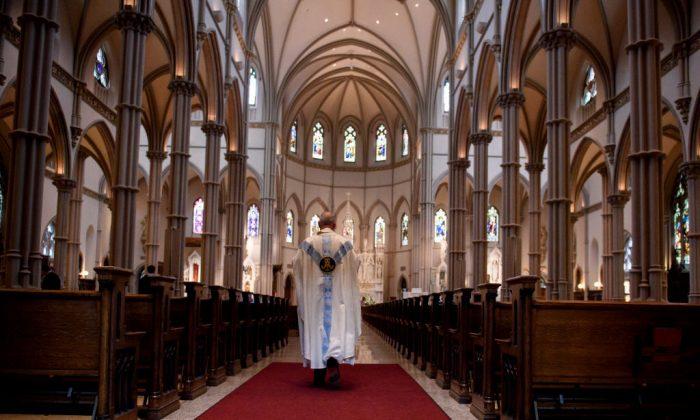

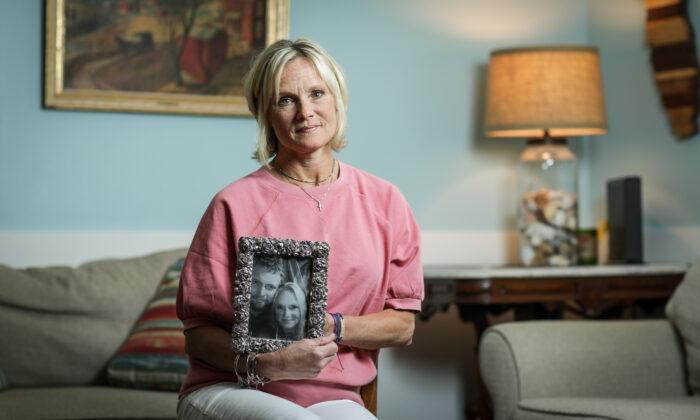
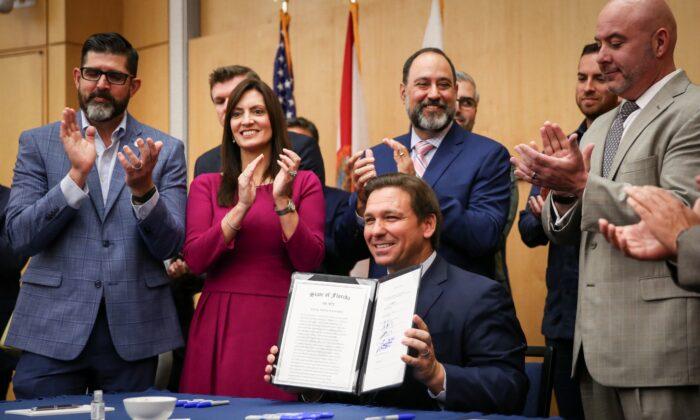
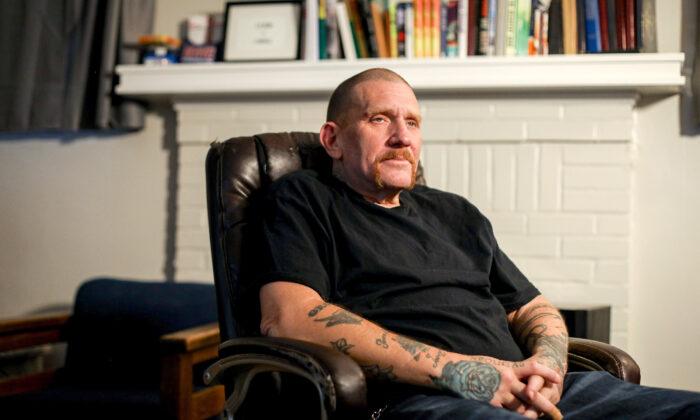
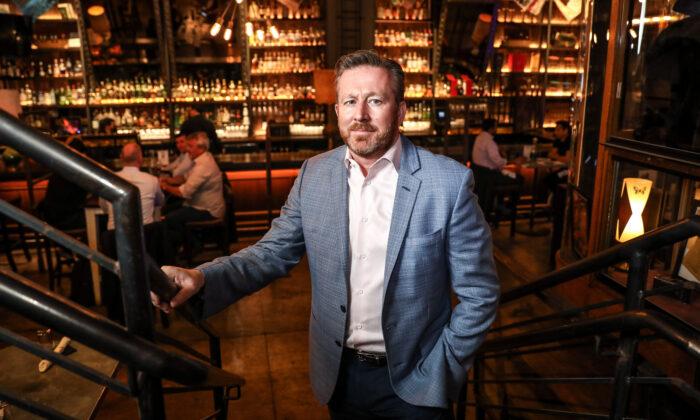
Friends Read Free